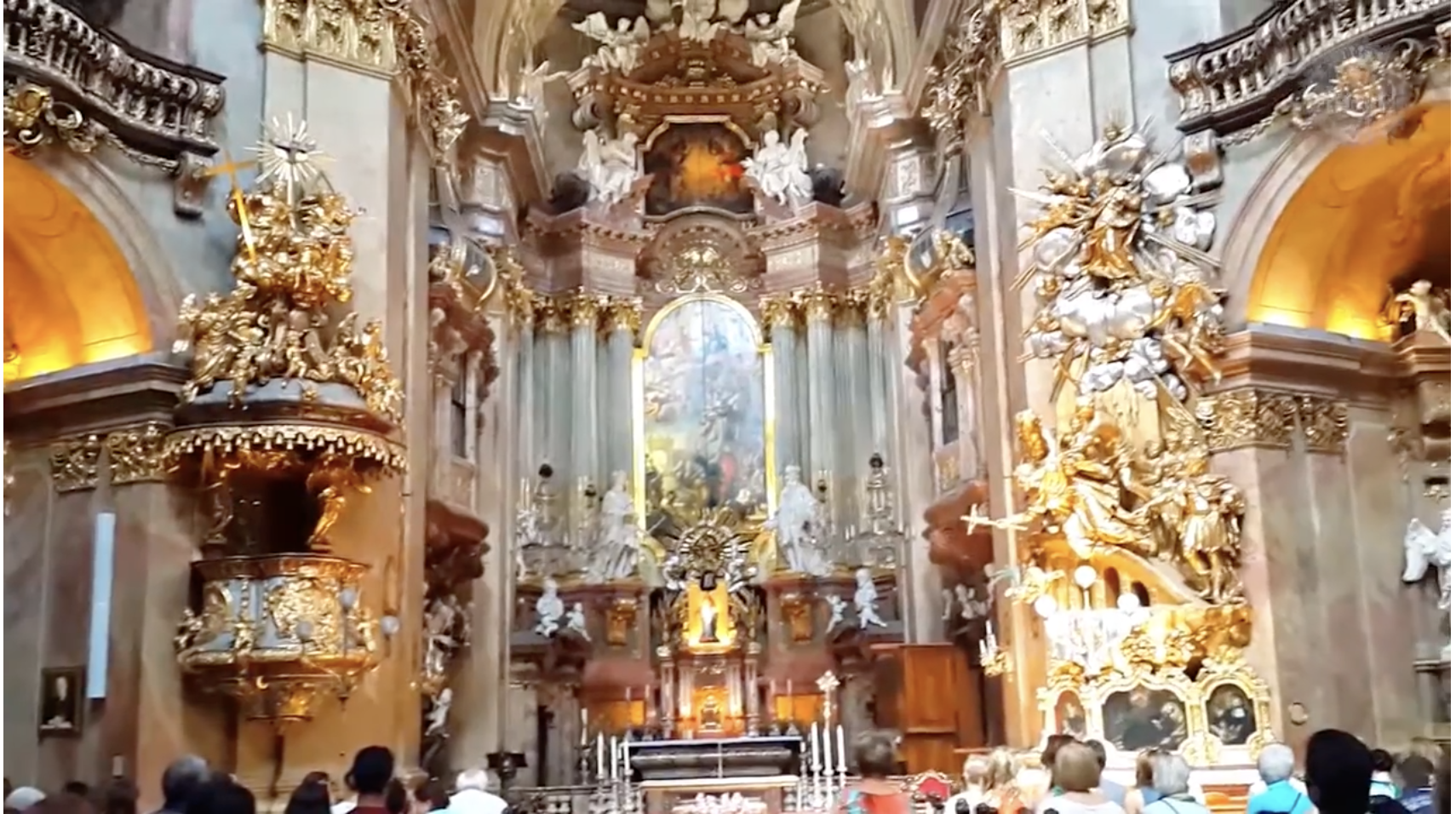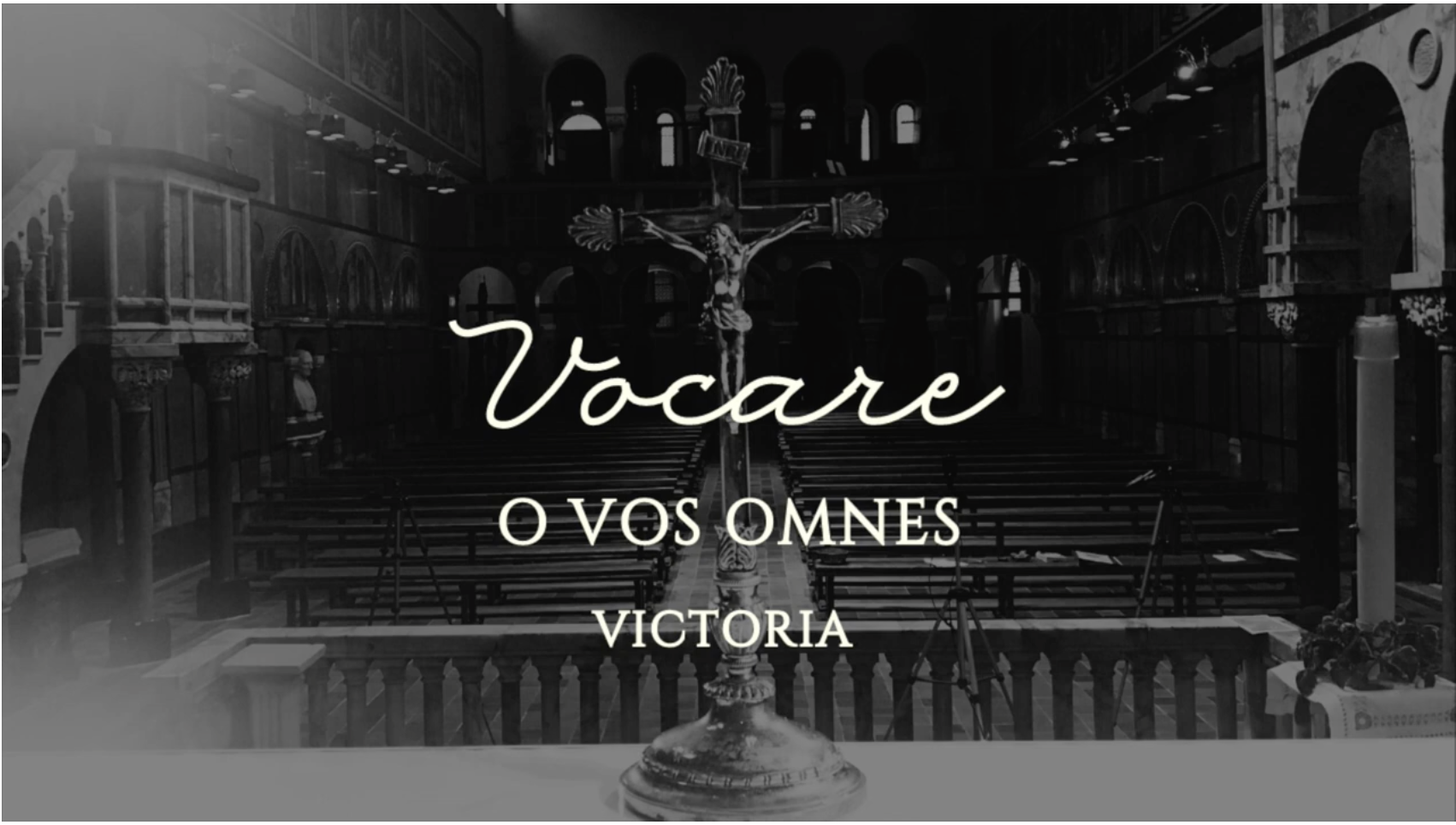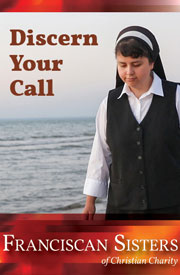The philosopher Thomas Reid drew us to the “natural language” that underlies all language and makes translation possible. Without the benefit of words, we can tell the difference between a look of friendly approval and a menacing look, portending danger. In the same way, we have a natural sense that informs our recognition of things in the arts, in paintings and architecture. Even peasants, untutored, can tell the difference between a hovel and a palace. We count on that natural sense of things as we seek to cultivate a certain awareness of things that are higher and lower as we recognize the difference between a cathedral and a hamburger stand.
The Church has made its rich life marked with those signs, whether in the dignity of the Mass, the burning of incense, and yes, the sacraments of bread and wine. Pope Francis has clearly understood the importance of those signs as he has made a visible gesture of taking a bus and standing in line, rather than calling forth the trappings of office. It appears that his point was readily – and widely – understood. What was equally clear was his own awareness that, with these simplest of gestures, he was teaching at every moment.
What came as quite astonishing then in that recent, bizarre interview, was that a man so fully aware of himself as a teacher could have been so casual, so heedless of how his words would be misunderstood. At first I thought that he had fallen into the mistake of speaking off the cuff again in his folksy way. But then it turned out that he had added material to the interview, and that the transcript had been reviewed carefully as it was translated and prepared for publication. This was no inadvertent sally.
It was all the more curious then that when he turned to the most central and burning moral issues of abortion and the taking of life, or sexuality and marriage, he would not say anything that marked the place of these issues in the fuller sweep of the concerns and teaching of the Church. He would say merely that “we cannot insist only on issues related to abortion, gay marriage, and the use of contraceptive methods” – as if the Church had ever insisted only on them.
John Paul II had taught the centrality of that question of “the human person”: just who counts as a human being, whose hurts and injuries matter? We seem to be engulfed these days by a relentless wave of denial that human lives are destroyed in abortion, and an insistence that not all human lives really “count” or claim our respect. There is not a day in our politics, or in our ordinary lives, in which we don’t encounter the blithe willingness to put that question of “the human person” safely out of mind.

Sign of the Times
It is a lesson, it seems, we need to teach every day, “coming in and going out.” And if that issue were to be placed, as the Holy Father says, in the proper “balance” of things, what other issues would be given an offsetting, higher weight?
It is evident that the weighting for this good man is the weighting given by the priest, living close to his flock. The need there is “to heal the wounds and warm the hearts of the faithful. . .[and] walk through the dark night with them.” The center of it all is “the saving love of God,” and that, he says, “comes before moral and religious imperatives.” One friend, in a commentary, took the pope to be saying that we must come to an understanding of Jesus before we can absorb the teaching of the Church on those moral questions.
But if that is the line conveyed here, it surely does cut against the most strenuous efforts of the faithful to teach against the currents of the culture for the past forty years. The teaching on abortion has been a teaching of natural law, a weave of embryology and moral reasoning. One doesn’t have to be Catholic to understand the teaching of the Church. But now the pope will be taken to confirm the facile argument of the Kennedys and Bidens, that the position of the Church is grounded in religious doctrine and we may not rightly impose our “religious beliefs” on others.
In a speech just last Friday, to medical professionals, the pope affirmed the teaching on abortion, grounded in science and moral reasoning. But I’m afraid that the refined corrections and restatements may no longer matter. For a deeper “sign” has been given, and many people are now confident, with a telling wink, that they know what the pope “really means.” That sense of things promises to run deeper than the “clarifications” bound to come.
The City Council in Topeka last week was considering a law rather like one that worked recently to punish photographers who refuse to take photos at same-sex weddings. One councilman, pushing this measure, announced that he was Catholic and gay – and that the pope was on his side. And when NARAL takes out an ad in the New York Times thanking the pope, that is another sign.
The faithful have been disheartened; people hostile to the teaching of the Church have become buoyant. And as Pope Francis himself notes, spiritual “discernment” will require in part “reading the signs of the times.”















